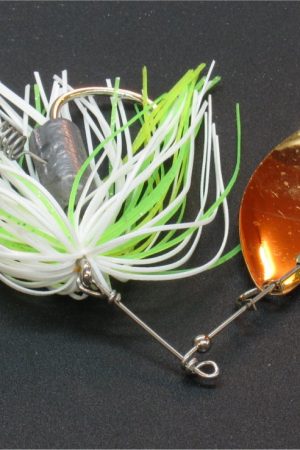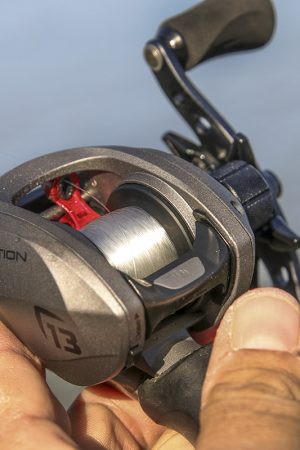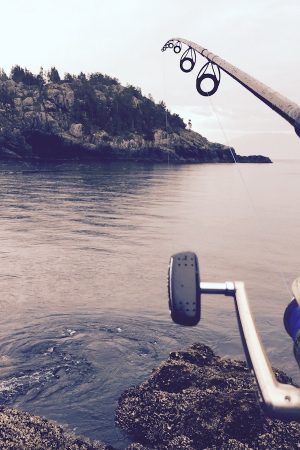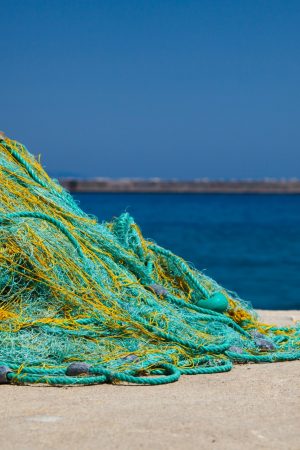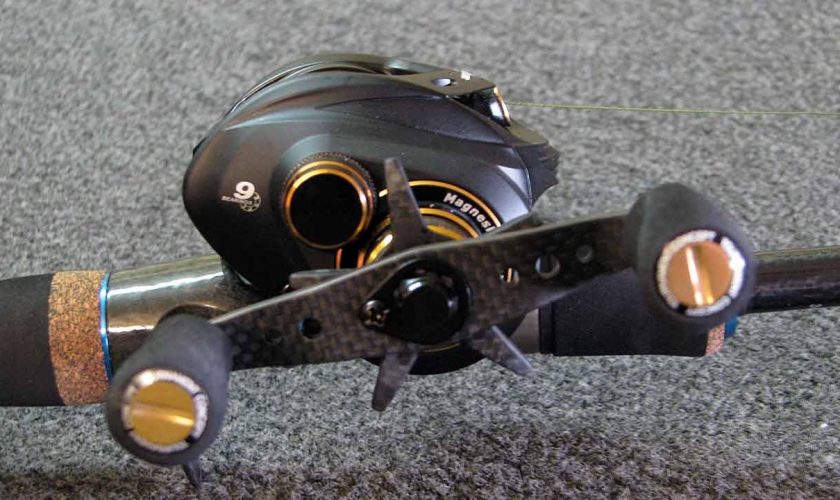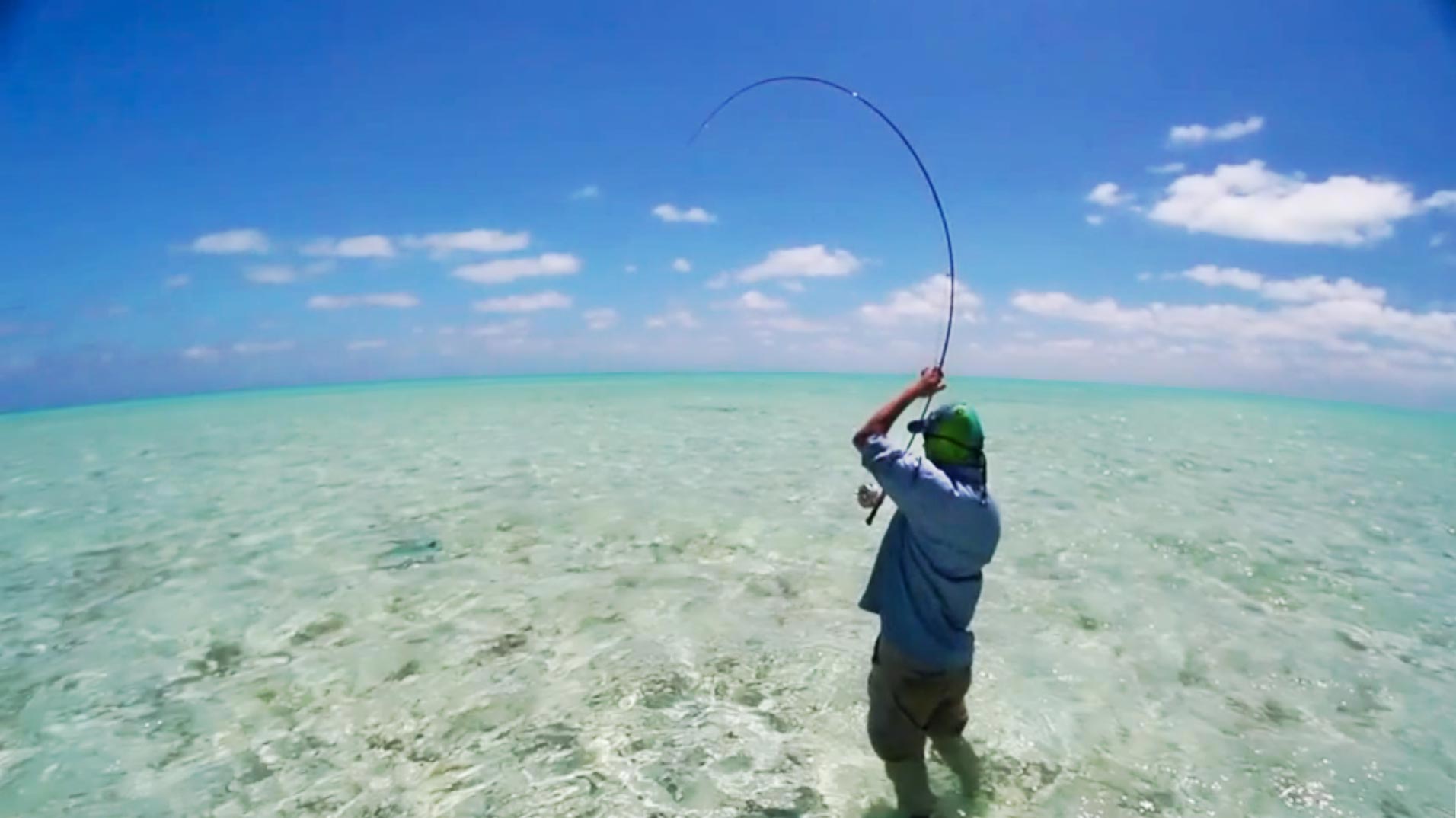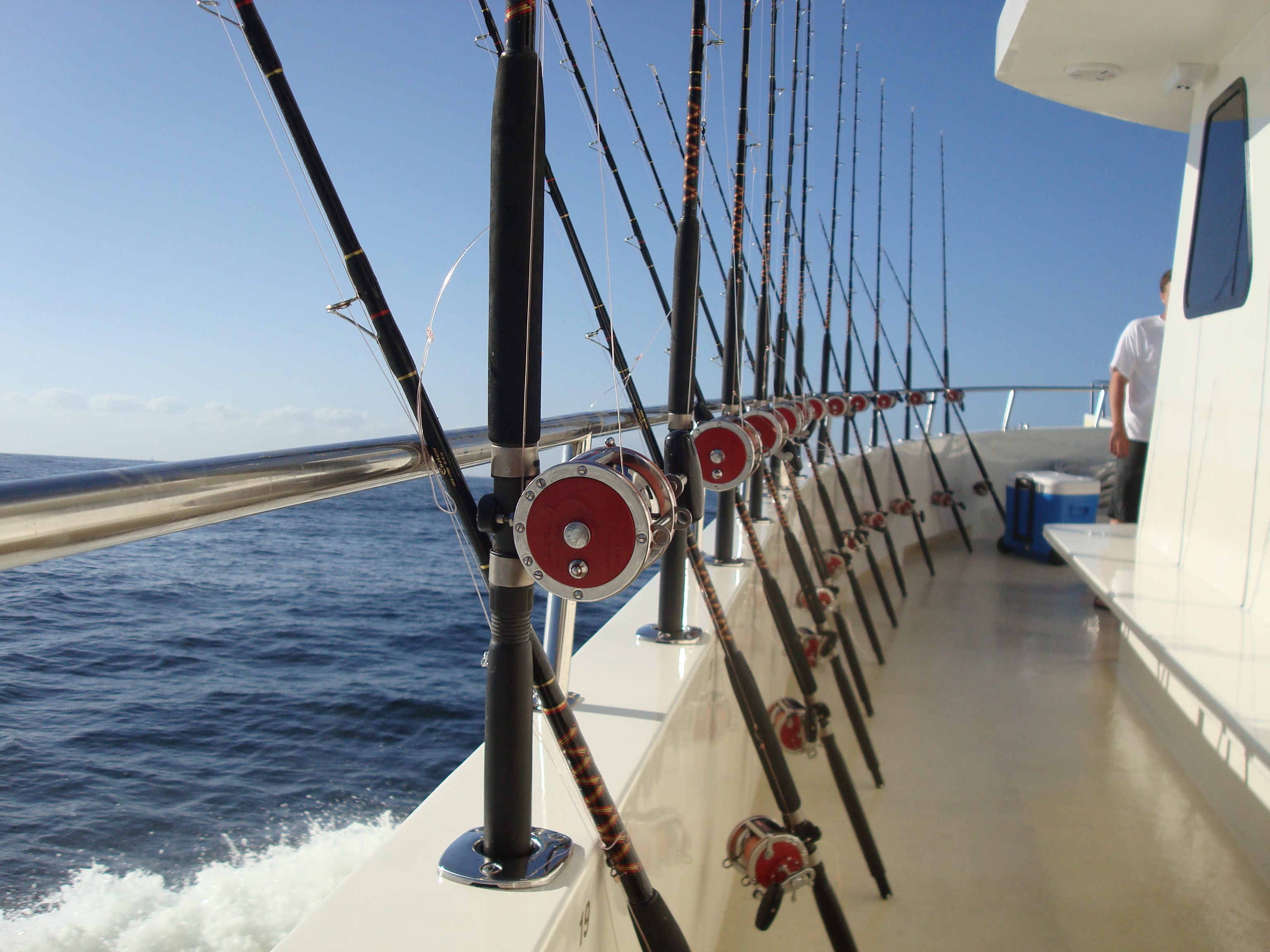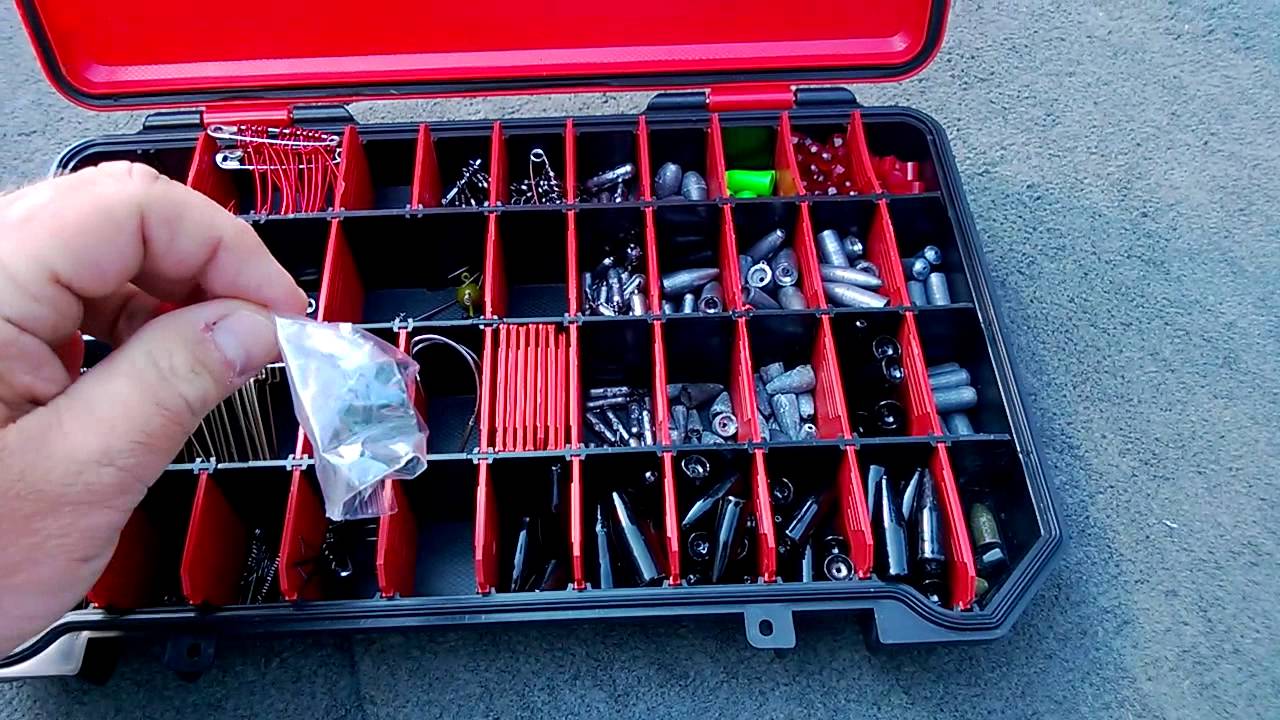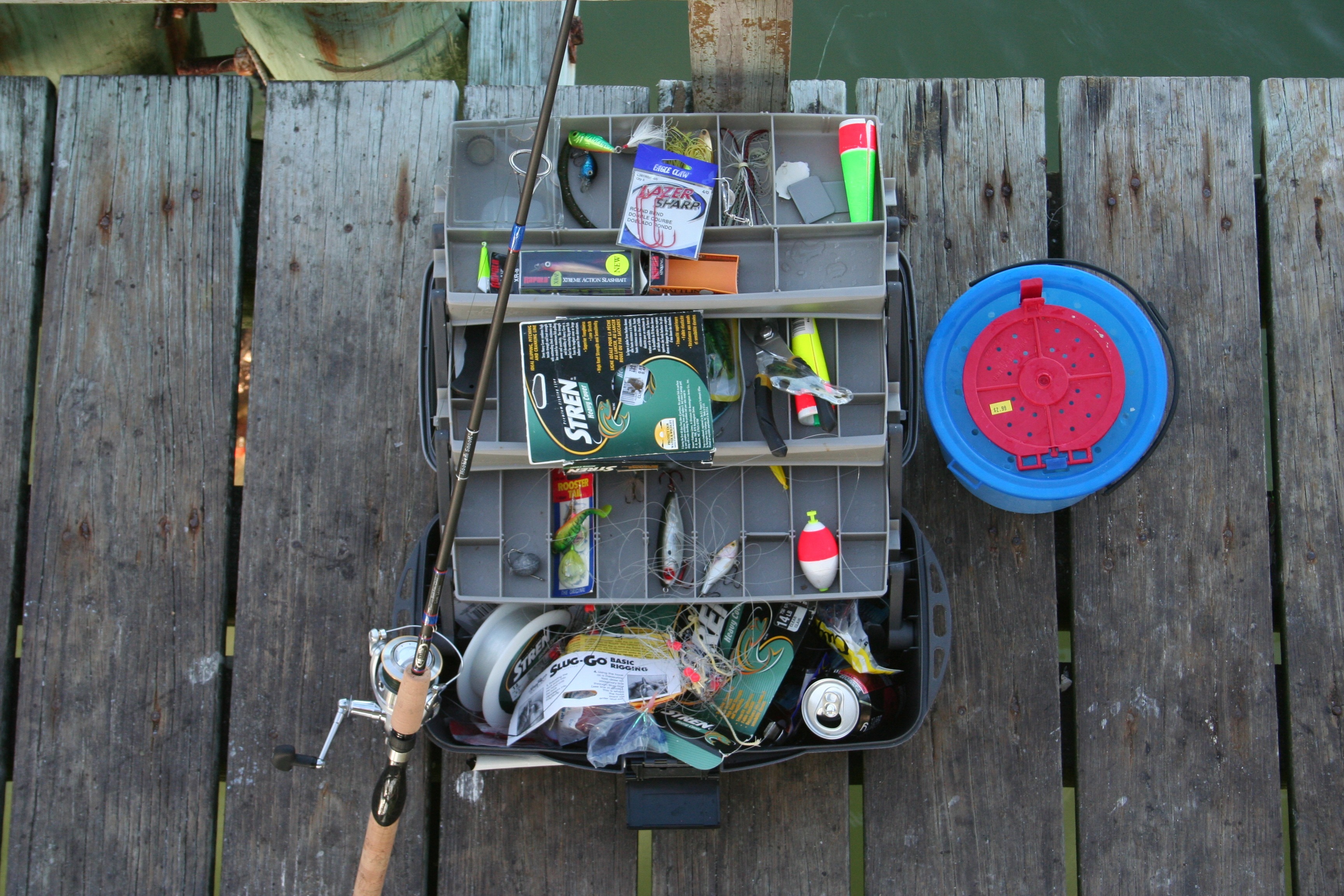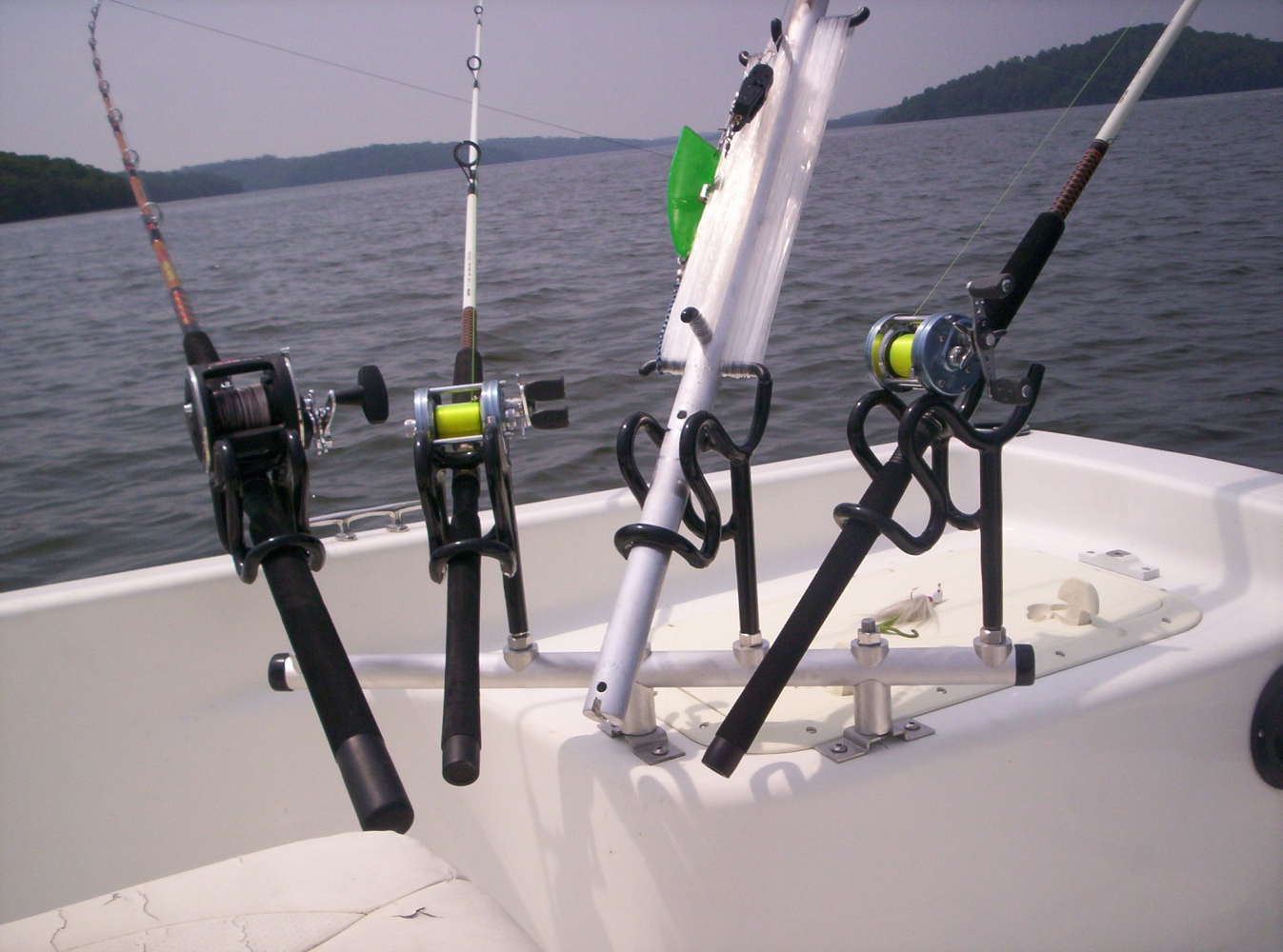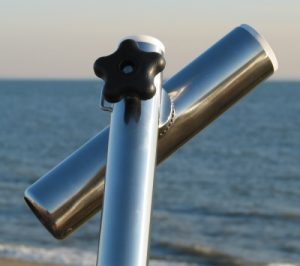Baitcaster reels are a purpose built reel with plenty of features to suit every persons fishing style. Designed ultimately for lure casting or trolling and either being of low profile or barrel style to suit the individual user’s needs. They are very accurate for casting lures at structure and can be controlled easily with one hand. One of the best features to any baitcaster reel is the magnetic cast control which can be altered depending on the weight of the lure and the user’s ability.
For barra fishing and bass fishing and many other salt and freshwater species, when it comes to precision casting with a wide variety of lure weights, shapes and sizes, baitcaster reels are the way to go — and Shimano have the best in the business.
For decades now, a skilled baitcaster user who can land a lure just millimetres out from a snag has been a fishing opponent to be reckoned with. Now, while threadline proponents might disagree, a crack-shot with a baitcaster usually finds a lot of fish on the end of his line by the end of the day. And whether you hook a fish or not, there’s a lot of satisfaction to be derived from uncorking a bottler of a cast, whether you make use of cast assisting features such as Shimano’s Variable Braking System (VBS) or go it alone with the much revered ‘educated thumb’.
Shimano’s low profile baitcaster reels are ergonomically designed to be comfortable to use for long periods of time, as casting accuracy can really suffer when arms and wrists become tired, especially in the tropical heat, but when that long-awaited hookup does occur, other Shimano-exclusive features such as ultra smooth drags, SA-RB or A-RB bearings and Super Stopper come into play to make the fight even more enjoyable.
For mixed fishing situations such as live baiting and trolling — whether hand-held or sitting the outfit in a rod holder — traditional round cross-section baitcasters still hold sway, especially when line capacity is a factor if targeting species such as Niugini black bass, big saltwater barra and offshore dwellers such as Spanish mackerel and black jew.
Advantages of Baitcasting Reels
We believe anglers should use both spinning reels and baitcasting reels to be the most versatile angler you possible. However, there are many techniques and lures that are best used with a baitcasting combo.
Heavier Line
On a baitcasting reel, the spool’s axis of rotation is perpendicular to the rod guides, meaning the line comes off directly through the line guide and straight through the rod guides. This makes it easier to use heavier lines, from 10-20lb test on average, and heavier lures. A good baitcasting setup can easily cast lures from 1/4 to 1oz, and more.
More Power
Baitcasters are capable of more power than spinning reels, thanks to their spool layout and design. The spool is in-line with the handle and gears so the reel can apply more power and torque. Also, because the handles are mounted directly onto the reel frame there is no lever arm to cause flex when reeling hard on a fish.
More Control
Baitcasting reel combos give you a higher degree of casting control compared to spinning gear because you can control the distance and speed of your lure by thumbing the spool during the cast. Once you become proficient in their use, you can achieve pinpoint accuracy with your casts, allowing you to place your lure exactly where the fish are.
Baitcasting reels are ideal when using heavier line and lures, and they provide greater control over the speed and distance of casts. You’ll find a great selection of baitcaster reels at Field & Stream. Choose from the best brands, including Abu Garcia®, Daiwa®, Lew’s®, Quantum®, Shimano® and many more.
Find the perfect match for your new reel in our great selection of casting rods, or try a baitcasting combo.
Buying Considerations
There are several factors to consider before investing in a baitcasting reel, including:
Frame
Most baitcasting reels feature an aluminum or graphite frame. Graphite is lightweight and easy to handle, while aluminum is extremely durable. Top-of-the-line reels often feature a one-piece aluminum frame.
Design
Low-Profile Baitcasting Reels: Low-profile models are the most popular type of baitcasting reels; they feature an ergonomic design and are perfect for bass and crappie fishing.
Round Baitcasting Reels: Round baitcasters are workhorses—they hold more line than low-profile reels and are great when using large baits and heavy line.
Gear Ratio
Gear ratio indicates the speed and power of your reel. For example, for a reel with a gear ratio of 6.4:1, the spool spins 6.4 times for every one crank of the handle. A gear with a lower ratio, like 4.1:1, will provide more cranking power, while a ratio like 7.1:1 indicates a very fast retrieve
Bearings
Generally, more bearings mean better performance, but pay attention to the bearing quality. You’ll be better off with four high-quality bearings as opposed to 10 lower-quality ones.
Baitcasting reels can be tricky to master. If you don’t stop the spool from spinning before your lure hits the water, you’re likely to face a bird’s nest—a nasty tangle of fishing line that can make for a frustrating day on the water. Many beginners prefer spinning reels over baitcasters because they are more forgiving, and easy-to-use spincast reels may be the best option for children. One key to avoiding a tangle: make sure you don’t release the line too late


